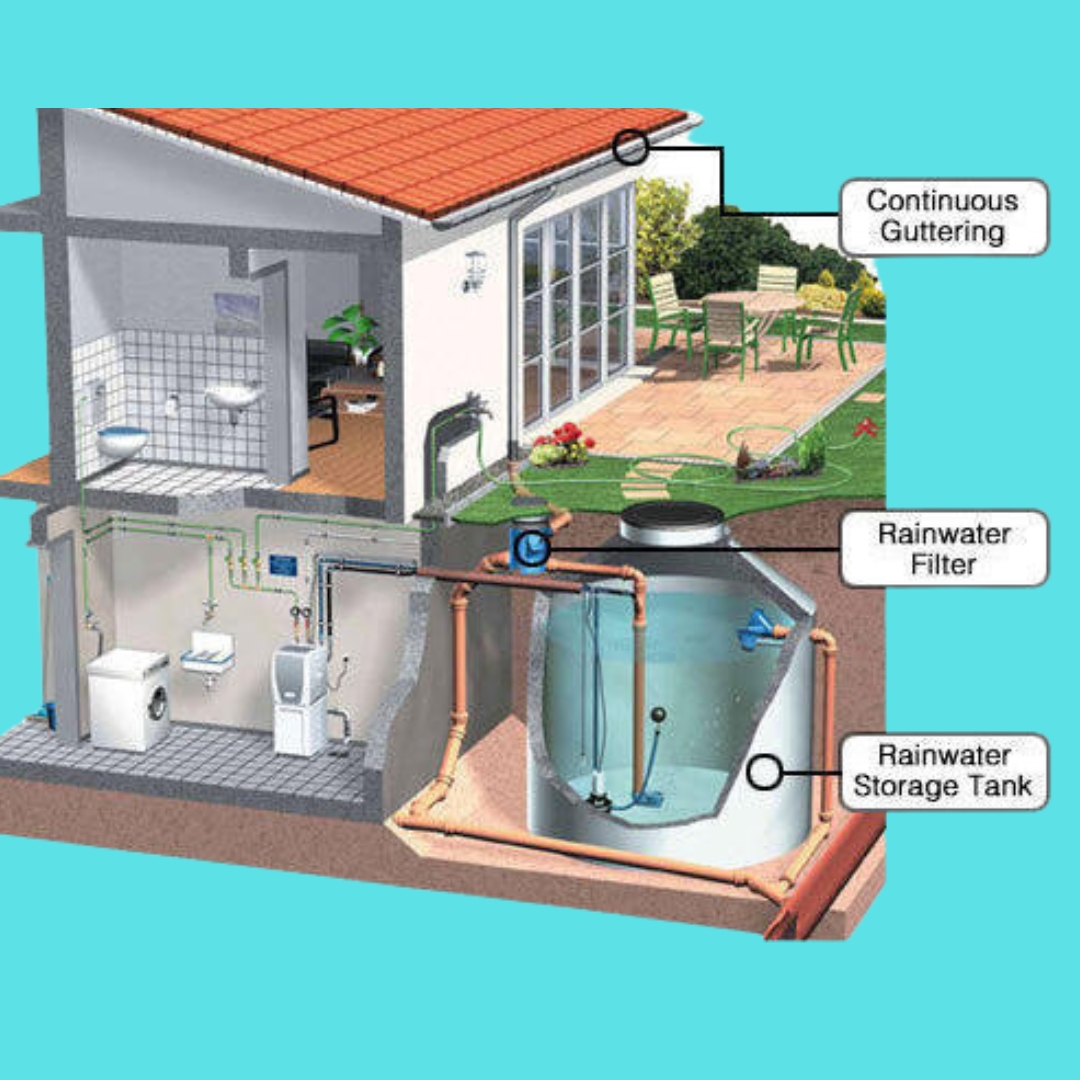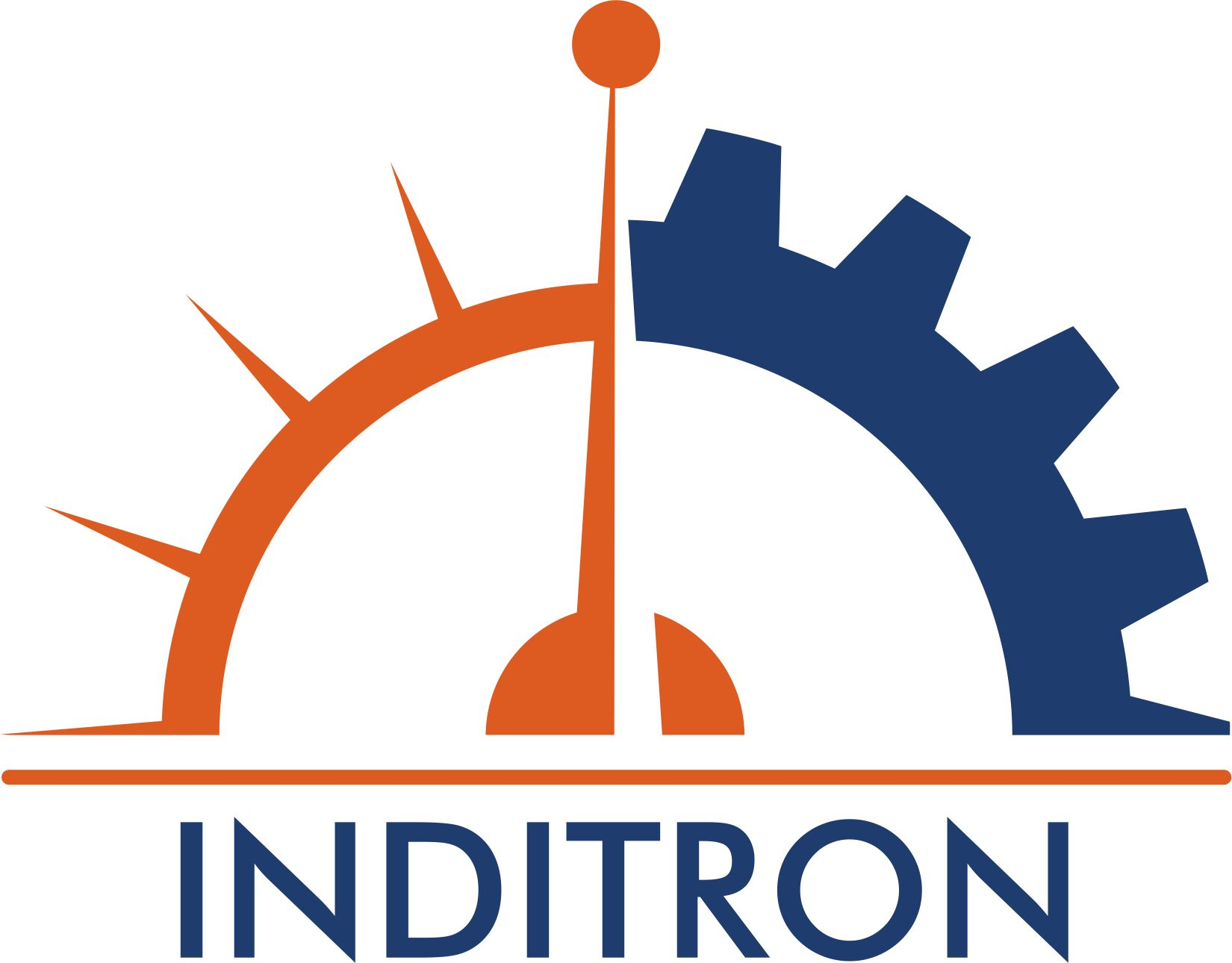Rainwater Harvesting
- Home
- Rainwater Harvesting
In today’s environmentally conscious world, industries are increasingly seeking sustainable practices to reduce their ecological footprint and improve their operational efficiency. One such innovative approach is rainwater harvesting, a method that captures and stores rainwater for various industrial applications. This practice not only conserves valuable freshwater resources but also offers significant economic and environmental benefits.


What is Rainwater Harvesting?
Rainwater harvesting involves collecting and storing rainwater from roofs, pavements, and other surfaces, which can then be utilized for a range of purposes. For industrial uses, this collected rainwater can be treated and repurposed for processes such as cooling, washing, and even as a source for non-potable water applications.

